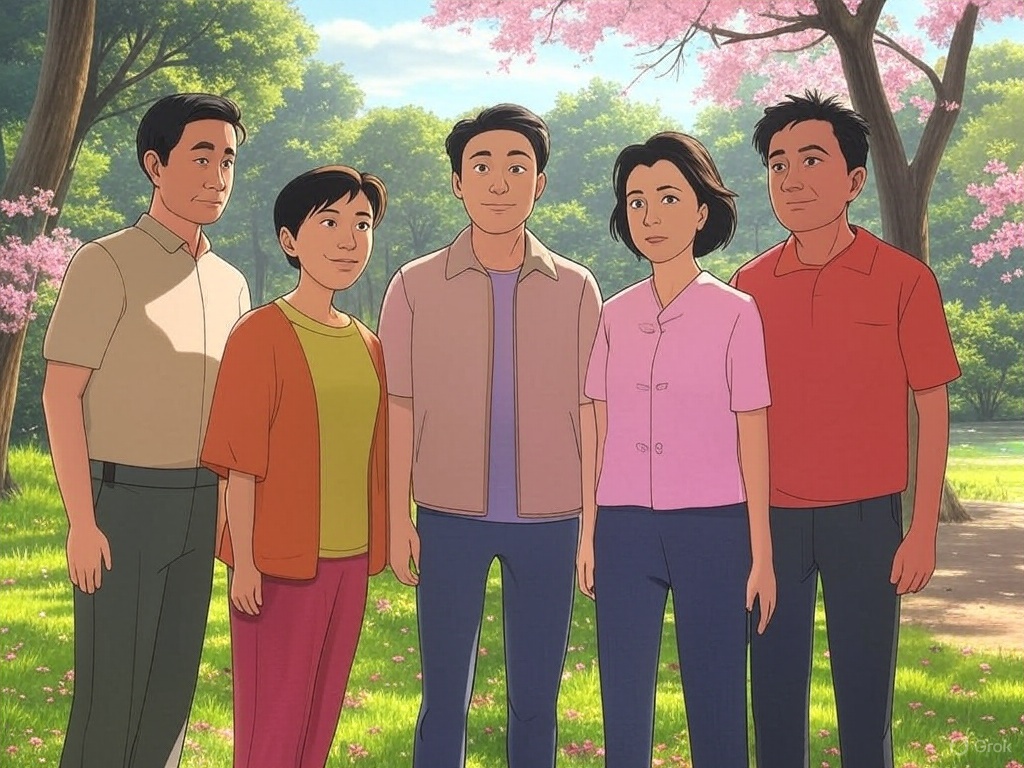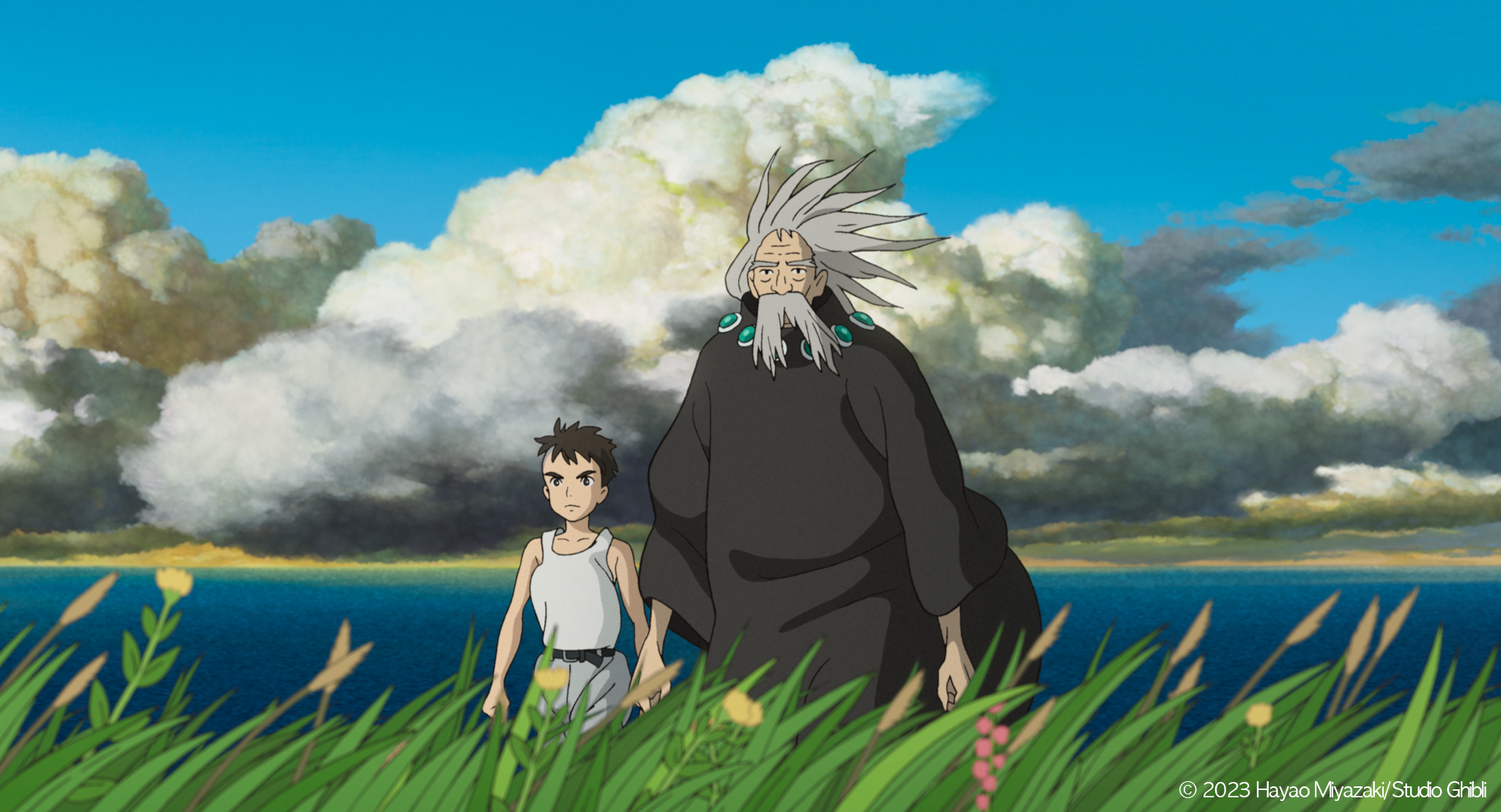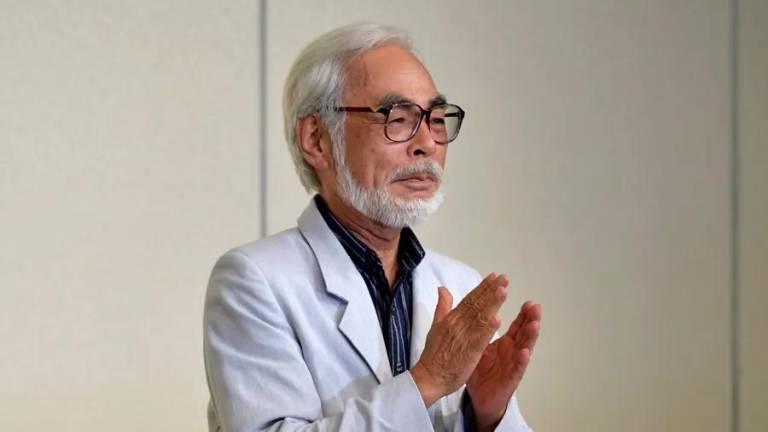Studio Ghibli celebrates 40 years of animated films, led by one of its founders, the brilliant Hayao Miyazaki.

Japanese animation studio Ghibli celebrates its 40th anniversary this month , with two Oscars and generations of loyal fans won over by its unique, hand-drawn stories and visual universe.
Founded in 1985 by Hayao Miyazaki and Isao Takahata, who died in 2018, Studio Ghibli has become a global cultural phenomenon thanks to masterpieces such as 'My Neighbor Totoro' (1988) and the Oscar-winning 'Spirited Away' (2001).
"The story is captivating and the drawings are magnificent," explains 26-year-old fan Margot Divall. "I probably watch Spirited Away ten times a year."
Ghibli's success was recently honored with a second Oscar, awarded in 2024 to "The Boy and the Heron" for Best Animated Feature. Its nostalgic style is so recognizable that social media was recently flooded with "Ghibli-style" images, generated by OpenAI's latest artificial intelligence (AI) tool, rekindling the debate over copyright.

These illustrations have become a trend. Photo: AI-generated image Grok 3 by X
Coming from the generation that experienced war, Takahata and Miyazaki incorporated dark elements into their narrative, explained Goro Miyazaki, Hayao's son, in an interview with AFP.
"There's not only sweetness, but also bitterness and other things that are magnificently intertwined in the work," he added, evoking a "smell of death" that permeates the films. For young people who grew up in times of peace, "it's impossible to create something with the same meaning, the same approach, and the same attitude as my father's generation," Goro Miyazaki stated.
Even "My Neighbor Totoro," with its forest spirits, is a "scary" film in some ways, exploring the fear of losing a loved one.
Susan Napier, a professor at Tufts University in the United States and author of "Miyazaki World: A Life Dedicated to Art" (Dolmen Editorial), shares this interpretation.
"In Ghibli, there's a certain ambiguity, complexity, and an acceptance of the fact that shadow and light often coexist," he explains, in contrast to American animated films that clearly separate good from evil. For example, the post-apocalyptic film "Nausicaä of the Valley of the Wind" (1984), considered Ghibli's first film, doesn't have a true "villain."

'The Boy and the Heron', a film by Hayao Miyazaki. Photo: Studio Ghibli.
That feature film, about an independent princess who takes an interest in giant insects and a toxic forest, was, according to Susan Napier, "really fresh (...) a thousand leagues away from the usual clichés." "We were far from the passive woman who needs to be rescued," she adds.
A universe apart Ghibli films also depict a universe where humans maintain a deep connection with nature and the spirit world, as in "Princess Mononoke" (1997). This fable, in which a young girl raised by a wolf goddess tries to defend her forest from human threat, is "a serious, dark, and violent film," says Napier.
The Japanese studio's works have "an ecological and animistic dimension, very pertinent in the current context of climate change," he adds, specifying that the two men were also "very politically committed."
Miyuki Yonemura, a Tokyo-based academic specializing in animation culture, highlights the richness of Ghibli films. "Every time you discover something new," she says. "That's why some children watch Totoro 40 times," she adds. - Francophone influence - If Hayao Miyazaki and Isao Takahata were able to create such original worlds, it's thanks to their curiosity about other cultures, emphasizes Miyuki Yonemura.
His influences include French writer Antoine de Saint-Exupéry, director Paul Grimault, and even Canadian artist Frédéric Back, who won an Oscar for "The Man Who Planted Trees" (1987).
Takahata had studied French literature in particular, "a determining factor," says Yonemura. Both read widely, which also explains their talent for writing and storytelling. For "Nausicaä," a name taken from the Odyssey, Hayao Miyazaki drew inspiration from Greek mythology and numerous works, including "The Lady Who Loved Insects," a 12th-century Japanese tale.
According to the professor, " Studio Ghibli will never be the same after Miyazaki's retirement, unless comparable talents emerge." The studio's future remains uncertain: "The Boy and the Heron" (2023) could be the last film by its iconic founder, Hayao Miyazaki , aged 84.

Hayao Miyazaki, Japanese animated film director. Photo: EFE
Miyazaki is "an incredible artist with an exceptional visual imagination," Napier notes. "Ghibli is so beloved that I believe it will continue to live on," concludes Margot Divall, a longtime fan. "It will survive as long as it doesn't lose its beauty, and as long as the effort, attention, and love that sustain it remain intact."
eltiempo


%3Aformat(jpg)%3Aquality(99)%3Awatermark(f.elconfidencial.com%2Ffile%2Fbae%2Feea%2Ffde%2Fbaeeeafde1b3229287b0c008f7602058.png%2C0%2C275%2C1)%2Ff.elconfidencial.com%2Foriginal%2Fffd%2Fa00%2F4d0%2Fffda004d0552e4242147e571f4416ede.jpg&w=3840&q=100)
